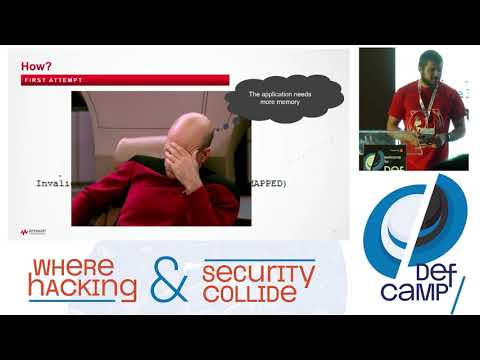Description:
Explore the intricacies of emulating packed Linux malware using the Unicorn Emulator Framework in this 30-minute conference talk from DefCamp 2019. Delve into the world of malware packing, understanding its mechanisms and purposes, while learning about various unpacking tools and techniques. Discover the power of the Unicorn framework for executing binaries and emulating operating system services. Examine real-world examples, including UPX packing, ELF files, and code caves. Gain insights into debugging, malware analysis, and the importance of statically compiled binaries. Conclude with practical Python code examples and engage in a Q&A session to deepen your understanding of this crucial aspect of information security.

Emulating Packed Linux Malware Using the Unicorn Emulator Framework - DefCamp - 2019
Add to list
#Conference Talks
#DefCamp
#Information Security (InfoSec)
#Cybersecurity
#Programming
#Programming Languages
#Python
#Computer Science
#Information Technology
#Linux
#Malware Analysis
#Operating Systems
#System Calls